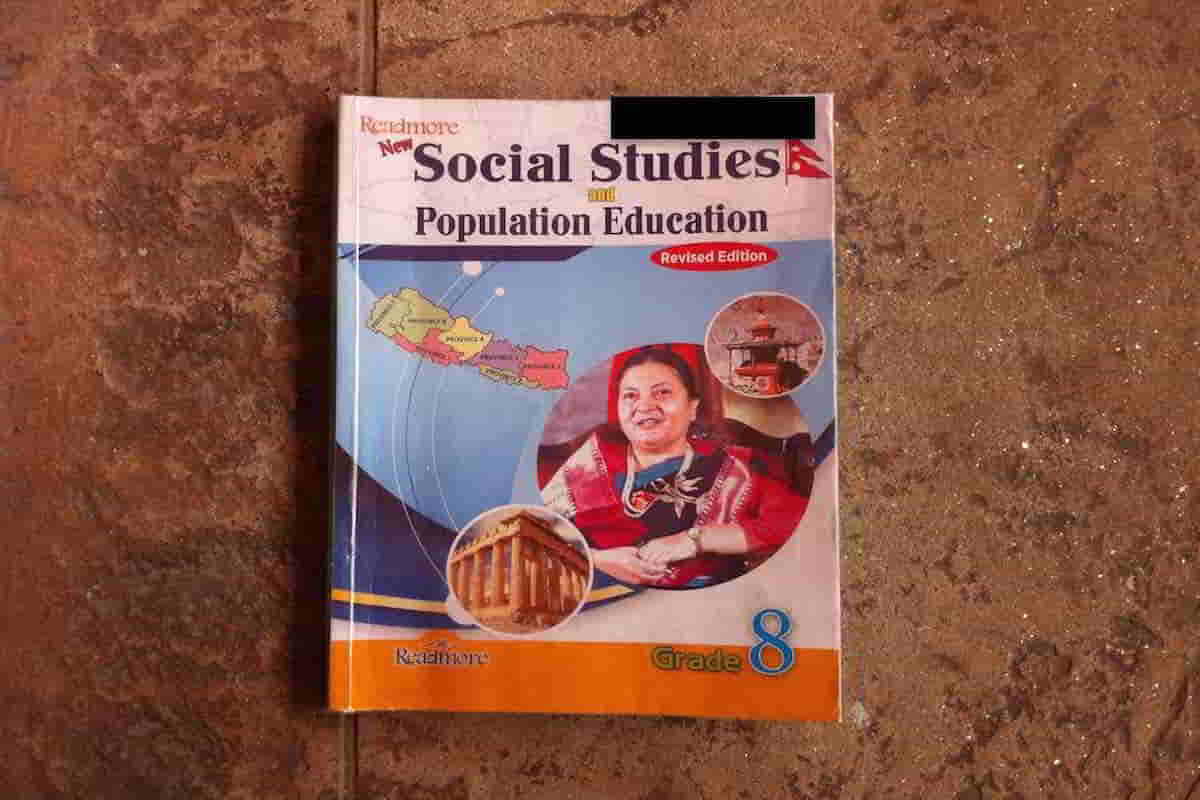
Almost three decades ago, the first People’s Revolution (Jana Andolan I) toppled the autocratic, absolute monarch.
The autocrat and his cronies ran a repressive, an oppressive, and some times brutal regime, holding the people back from making social, economic and political progress. The ruling elite, overwhelmingly hill so-called High Caste Hindus (Khas Aryas), derived their legitimacy from the 1854 laws written by their forefathers, which, among other things, legalized the Caste System, a system that classified a significant percentage of the population as enslavable, and, those at the bottom, untouchable.
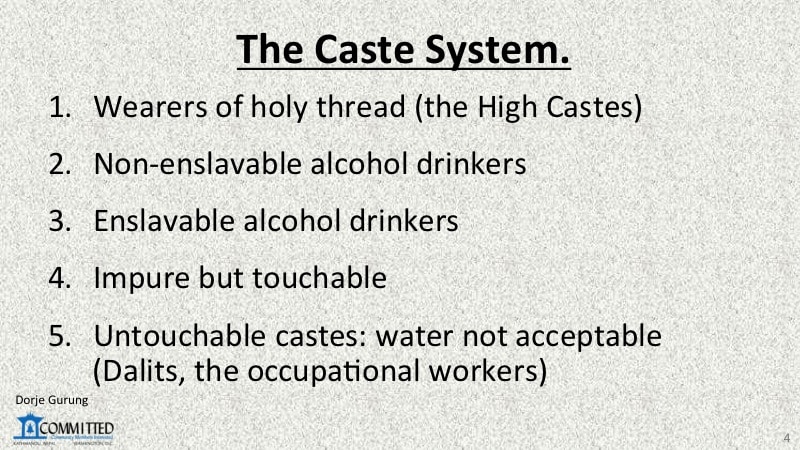
Merely half-a-dozen years later, in 1996, a civil war was begun for, among other things, a more inclusive Nepal.
It lasted ten years and over 16K people died. Then, in 2006, the People’s Revolution II (Jana Andolan II), toppled the second coming of the autocratic monarch — rather his brother, who took over the reins in a royal coup in 2002. The institution of the monarchy was abolished just a couple of years later by the Constituent Assembly.
And yet, in what we teach our children, almost three decades on since the first revolution, at least what the Grade 8 Social Studies textbooks teach our children, we are still stuck in the days of the autocrats.
It’s like none of anything that have transpired and we have done ever did.
When I came across the textbook at one of the private schools where I am doing some science teacher training, I was curious.
I knew, from browsing a number of textbooks, that they were of abysmally poor quality. I have come across textbooks that are “Revised and Updated” to actually make money through a cartel system. I have come across a grade 1 computer studies textbook, revised as recently as 2016, but which teach our children about an obsolete thing: the floppy disk. I have even come across a third grade textbook that talks about polygamy, an illegal activity, as if it were a normal practice.
With the Social Studies textbook, I had to find out if it covered the Caste System, our anachronistic social system that follows a spurious logic.
As a Bhote, a low-caste (enslavable alcohol drinker), I suffered from what I perceived as caste-based discrimination in Nepal when growing up. (Click here and here for more on that.) I am aware of how Dalits, such as Pandav Mallik and those in Thangpalkot, suffer in the hands of others and how our systems and institutions flagrantly dscriminate against them. They are simply horrendous and unforgivable.
And yet, I don’t recall a single time anyone at St. Xavier’s addressing or discussing the Caste System during my ten years at the school!
Not an administrator, not a teacher, not a staff at the school, no one ever mentioned anything about the system, while students like me suffered silently in a number of different ways because of it. That most of my classmates and other Xaverian friends have struggled to talk about or discuss anything related to the system — and continue to do so even as middle-aged men now — is partly because we never did growing up. With many, I have not really had any honest or fruitful discussion even though I have written extensively about it, talked about it extensively on social media, and have also taken some action to try to address some of the issues etc.
Since returning to Nepal in May 2013 and being very vocal about many of the social ills our society suffers from, I have discovered that Nepalis in general — especially the well-off and privileged — are reluctant to engage in any kind of conversation or exchange about the system (as well as about many of the other social ills). I have decided that they are either in denial of the system or just don’t want to know or, worse, just don’t know and don’t care to know about the pernicious system.
“But,” I have been screaming inside myself, “It has shaped the social, economic, and political structures and systems of the country and, in the process, has inflicted much pain and suffering to a significant percentage of the population. How can you appear to be so blind to it?!”
Anyway, I have wondered why they are in denial of or don’t seem to know much about the system.
And so, when I came across the Social Studies textbook, I realized it might hold the answer, and sure enough it did…part of it anyway!
I started with a browse of the table of contents. I identified two units, Units 2 and 3 (highlighted bit in the image below) as potential sections under which the topic might be covered.
Convinced that Lesson 1. Social Problems under Unit 3. Social Problems and Their Solutions, would most likely address the issue, I next turned to page 70…to be greeted by this (see image below)!
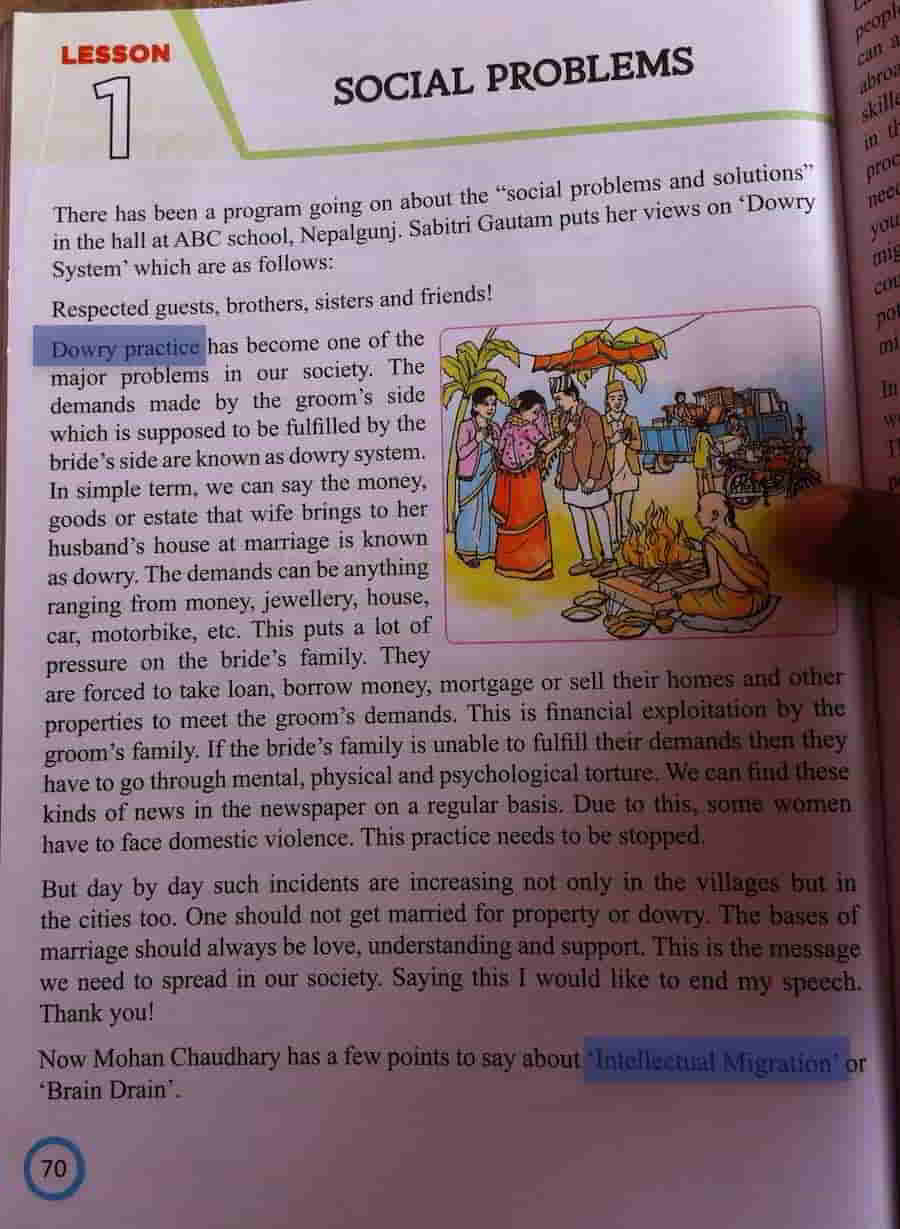 The stimulus consisted of two pages of texts covering just two social problems: Dowry and ‘Intellectual Migration’. That was it! There was NO MENTION OF THE CASTE SYSTEM! (Yes, I am deliberately avoiding commenting on the quality of the text.)
The stimulus consisted of two pages of texts covering just two social problems: Dowry and ‘Intellectual Migration’. That was it! There was NO MENTION OF THE CASTE SYSTEM! (Yes, I am deliberately avoiding commenting on the quality of the text.)
So I went fishing for its coverage elsewhere, notably in Lesson 1 of Unit 2 but did NOT find it there either. Then I skipped to Lesson 3 of Unit 2 to discover why I was NOT finding it and why I wouldn’t find it in this textbook at all! 🙁 🙁 See the text highlighted in purple in the image below.
To reiterate the pathetic gloss: “There are bigger issues to be dealt with in today’s world compared to the small issues regarding religion and caste.” [Emphases mine.]
So, firstly, what to me is, directly or indirectly, the BIGGEST source of many of — if not most of — the social, economic, and political problems our country faces as well as many of the social ills the country suffers from is a “small” issue to the authors or the publisher of the textbook. Secondly, painfully and hilariously at the same time, the authors want our fourteen year old eighth grade children to learn and know that, even as consistently poor as our country has been — making it into the list of five or ten poorest countries in the world many times — and even as consistently plagued by social problems throughout the modern history of country as we have been, our local issues are secondary to the “bigger issues” in “today’s world”.
Reading like a propaganda literature a royal autocrat and/or his cronies would produce to brainwash his subjects, had this textbook been from my student days back in the seventies and eighties, I wouldn’t have batted an eye.
The King and his cronies, prior to 1990, did everything they could to prevent his subjects from acquiring higher level thinking skills, forget about doing what they could to make them independent thinkers. Pretty much all of the locally-published propaganda literature (ahem, textbooks) then, were produced by the government. The education system was set up to basically further the ethnic and nationalistic agenda of the King and the ruling class. There was NO reason for them to provide an education that could breed a population that might challenge his “birth-given right” to the throne and his family’s “right” to the resources and riches of the country.
Private publishers have abounded for a while now though, but not much appears to have changed in the content and quality of the textbooks.
Nepalis might have more choices but they are all more of just the same! Even though published by a private company, the above stimulus just parrots the contentious constitution, notably the spiel about “unity in diversity,” which, to me, is just a slogan worthy of a satire. 😀 😀 The rest (especially the bits highlighted in blue) is pretty much all propaganda that completely and totally denies ground realities.
That is NOT to say that there is a LOT of disharmony. No sir!!
What I am saying is that there is a significant disaffection. What I am saying is that this stimulus shoves one of causes of those societal disaffection under the rug and paints a rosy make-believe picture of our society. That is no different from the public service notice I found in a village in Sindhupalchok calling for the villagers to forget about the pain of the earthquake and to come together for reconstruction. That is also no different from the then-Prime Minister Sher Bahadur Deuba blatantly lying to an audience at Columbia University about the victims of the 2015 magaquake not suffering from trauma.
Furthermore, keeping the population uneducated and uninformed, of course serves the elite as well as the agenda of nationalist and ultra-nationalist leaders. After all…
If, as the ruler of a country, you don’t have much to give to the people & country, the easiest thing to give and sell to a largely uncritical population with a low level of education & awareness is nationalism. @amish973 in the @kathmandupost. #Nepal https://t.co/SV6jnyJ45u
— Dorje Gurung (@Dorje_sDooing) June 29, 2018
What’s more, a paragraph in the second page of the stimulus (see image below) harks back to the days of the autocrats, when the country of “Ek bhasa, ek bhesh, ek desh” (one language, one attire, one country) was “Sundar, shanta bishal” (beautiful, peaceful, grand)!
We toppled the autocrat, we toppled his brother, and even eliminated the whole institution of the monarchy and declared the country a federal republic…and this book still uses sayings of the first King who initiated the expansionist campaign leading to the creation of Nepal, ruled by his posterity until about three decades ago and were completely sidelined about a decade ago.
Given that textbooks are revised and updated pretty much every single year, eliminating such blatantly cringe-worthy and sycophantic texts should be easy. But, of course, we are talking about Nepal. When the reason behind the whole process is to make money, rather than to educate the children, why would you?!
Besides, pretending that everything is great and honky-dory and everyone is great and amazing when it actually is not is a national ailment.
Everyone from the average Joes in the streets of Kathmandu to those in the corridors and rooms of the Secretariat in Singha Durbar are afflicted by it. Were “Who does not see the elephant in the room?” an Olympic sport, Nepalis would win, hands down. 😉 😉
Jokes aside though, what can you expect of a population when books such as these are their source of knowledge?! No wonder I keep meeting people who struggle to even recognize the existence of the caste system. I have met fellow citizens, both in person and on social media, who believe exactly what this textbook alludes to about the caste system. What’s more, I have had Nepalis accuse me of being a “racist” or “promoting racism”, also both in person and on social media, for raising the issues surrounding the system.
We might have done away with the royals but their ghosts still hold sway over those who play very important roles in the education of our children — namely who produce textbooks such as these — and in turn over us.
To be sure, the ghosts hold sway over many others, including many in positions of immense power and influence. KP Oil, our current Prime Minister, and his government is becoming more and more authoritarian, for example.
And when those ghosts call for the whitewashing of our pernicious social system — the caste system — in the textbooks, and when they do, no wonder those who have been “educated” with the use of such textbooks deny its existence so easily and readily.
When will we be free of them? When will they stop haunting us? When?
What do you think?
* * * * * * * *
References
The following were added after the publication of the blog post because of their relevance.
Nepali Times (Sept. 14, 2018). After quantity, Nepal’s education needs quality. “Inadequate training of teachers and over-reliance on defective textbooks keeps learning sub-standard.” [Added Sept. 20, 2018.]
Nepali Times (Aug. 7-13, 2015). U r welcome, wanna cu ASAP 4 a drink. “Textbooks in Nepal’s schools aren’t just outdated, they are outrageously bad.” [Added Sept. 20, 2018.]
Kantipur (Aug. 6, 2018). अनुसन्धानमै बित्यो एक वर्ष | (A Year Gone Already in Investigation). This is about the corruption case Commission for the Investigation of Abuse of Authority has brought against Sajha Prakashan, public publishing house that produces all the textbooks public educational institution around the country use. “कर्मचारीका अनुसार [महाप्रबन्धक डोलिन्द्रप्रसाद] शर्माकी श्रीमतीको नाममा रहेको अक्सफोर्ड पब्लिकेसन र समिसम प्रकाशन नामक संस्था शर्माकै रहेको र समान प्रकृतिको संस्थाका सञ्चालक साझा प्रकाशनमा पदाधिकारी बन्नु नियमवालीविपरीत छ ।” [Added Sept. 20, 2018.]
The Kathmandu Post (May 27, 2017). Un-learning. Another excellent article about the abysmally poor quality of our textbooks. This one is about an English textbook. [Added on Nov. 16, 2018.]

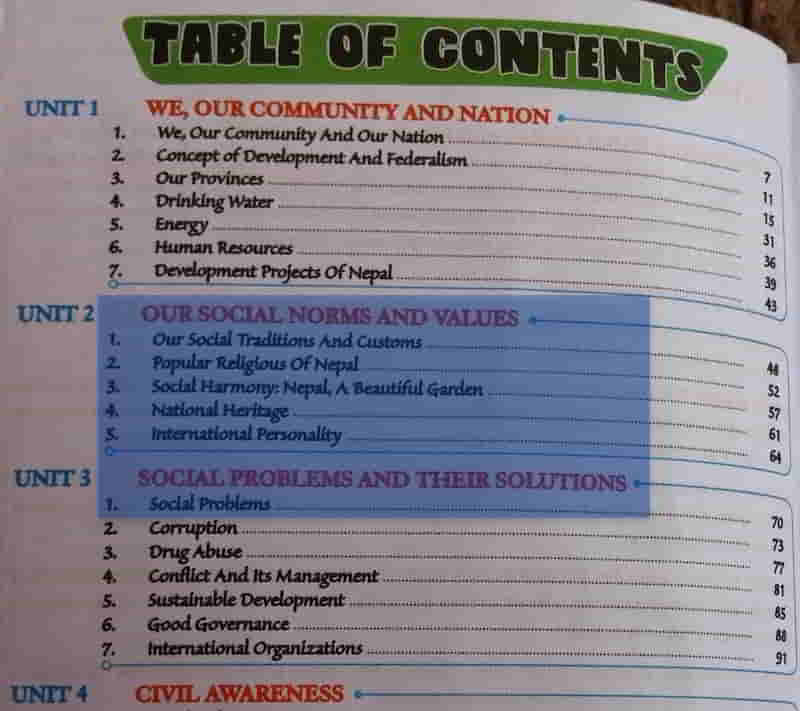
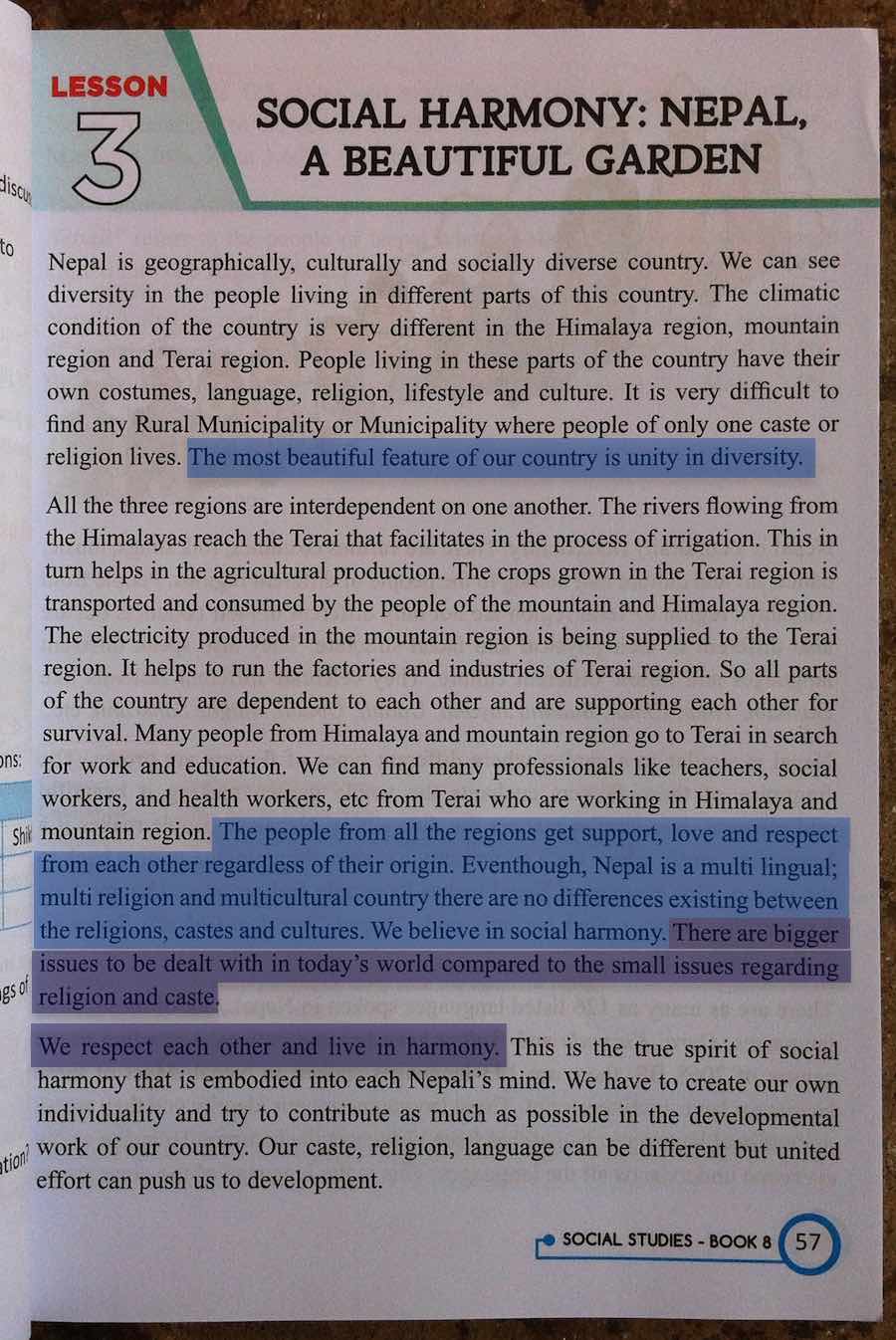

We are second rich country in water resources, but we don’t who is the first. We glad we have Mount Everest and Gautam Buddha. We glad we used have brave soldiers (not now), not powerful. Our education system trap us in this kinds of facts. They never teach us how poor our country was as compare with other country. They didn’t tells us, we are second poorest country in Asia. Student who raised with village and government schools think Nepal is perfect country, but reality is unexplainable.
How would you go about modernizing those textbooks ? I appreciate this article, it would be a strong way to change society if teachers really got an education that involved critical thinking and honesty, and were able to have good discussions with students , reinforced by modern textbooks.
Dear Cyncie,
Sadly, the content of school/college/university textbooks in Nepal are determined by tests and examinations. Tests and examinations, those that really matter anyway — ie tests/examinations administered by local examination boards that Nepali students take from 8th grade onwards — test the mastery of the most basic of skills: the ability regurgitate facts and figures. Some questions test their understanding, but even that is limited. I have yet to see an assessment that tested a students higher level thinking skills. I have yet to see an assessment that actually tested a student’s ability to APPLY a knowledge/an understanding to a new context; their ability to ANALYZE a set of information/data to arrive at — or draw — a conclusion from or to explain a phenomenon or process or event or a set of observations etc.; their ability to EVALUATE a set of results or a conclusion or their own conclusions about a an observation or their own opinions; their ability to SYNTHESIZE (create) etc.
Given that, since toppling the monarchy, we have had a much more free press and there have been considerably more academic work on different fields and their results have been published without the fear of the government cracking down on the writers and/or the publishers. We now have considerably more literature on almost pretty much everything. Any dedicated author or publisher should be able to access those publications, adapt and modify as necessary, and publish them as stimulus in the textbooks. In a Social Studies textbooks, for example, case studies could be presented accompanied by both personal narratives as well as data and statistics, which naturally will lend themselves to critical analysis and evaluations!
Along with that, the tests and examinations will also have to be changed. They must also assess higher level thinking skills.